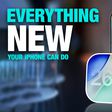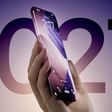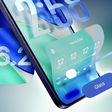Apple's latest immersive video series for the Vision Pro is set to launch in early September. "Elevated," a new 3D experience, will be available starting on September 6. A teaser for the show with an upcoming date is listed in the Apple Immersive Video section of the Vision Pro.

Apple first announced Elevated in July, but did not provide launch timing for the show. According to Apple, the aerial travel series "whisks viewers around iconic vistas from staggering heights" that include volcanoes, waterfalls, and more in Hawaii.
Gain an all-new perspective as you take aerial tours of the world's most remarkable landscapes, led by well-known guides with a special connection to each place.
While the first episode is set in Hawaii, the second episode, coming at a later date, will feature an autumn scene in New England. Apple is working on multiple new immersive video experiences that are rolling out this year.
Boundless, a series that launched in July, features a first episode with a hot air balloon ride. A second upcoming episode will focus on Arctic Surfing. Apple is planning to release a new immersive performance from The Weeknd, a big wave surfing sports series, a behind-the-scenes view of the 2024 NBA All-Star Weekend, and its first immersive short film called "Submerged."
Vision Pro users can watch the Apple Immersive video content from the Apple TV app in Australia, Canada, Hong Kong, France, Germany, Japan, Singapore, the U.K., and the U.S. Users in China can watch the content through the Migu Video and Tencent Video apps.


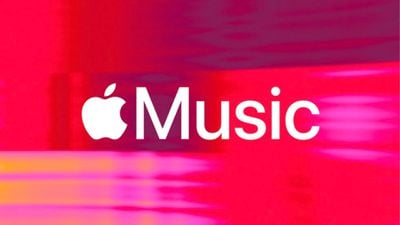


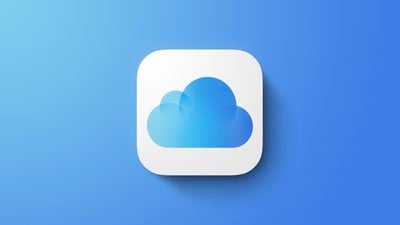
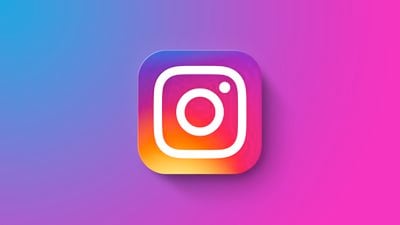

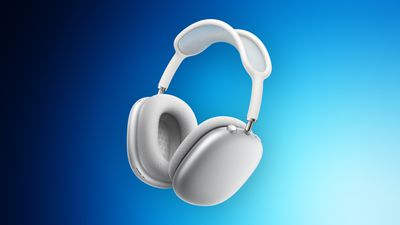
 Note: MacRumors is an affiliate partner with Amazon. When you click a link and make a purchase, we may receive a small payment, which helps us keep the site running.
Note: MacRumors is an affiliate partner with Amazon. When you click a link and make a purchase, we may receive a small payment, which helps us keep the site running.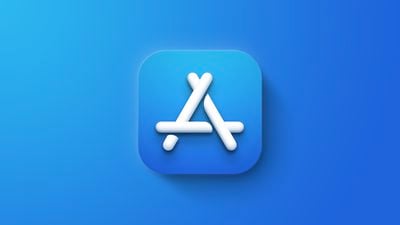
 Note: MacRumors is an affiliate partner with Amazon. When you click a link and make a purchase, we may receive a small payment, which helps us keep the site running.
Note: MacRumors is an affiliate partner with Amazon. When you click a link and make a purchase, we may receive a small payment, which helps us keep the site running.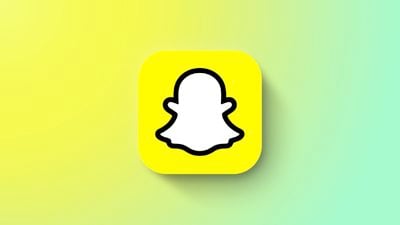
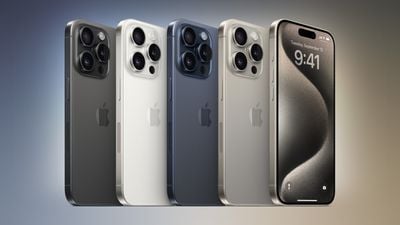 Note: MacRumors is an affiliate partner with some of these vendors. When you click a link and make a purchase, we may receive a small payment, which helps us keep the site running.
Note: MacRumors is an affiliate partner with some of these vendors. When you click a link and make a purchase, we may receive a small payment, which helps us keep the site running.
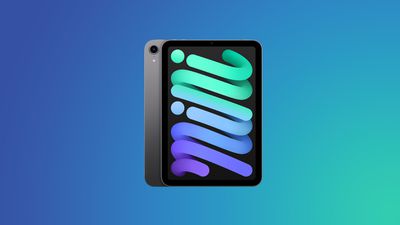
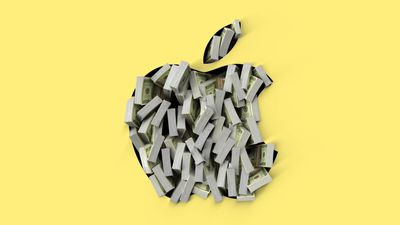
 The original Apple Bridge Street
The original Apple Bridge Street







